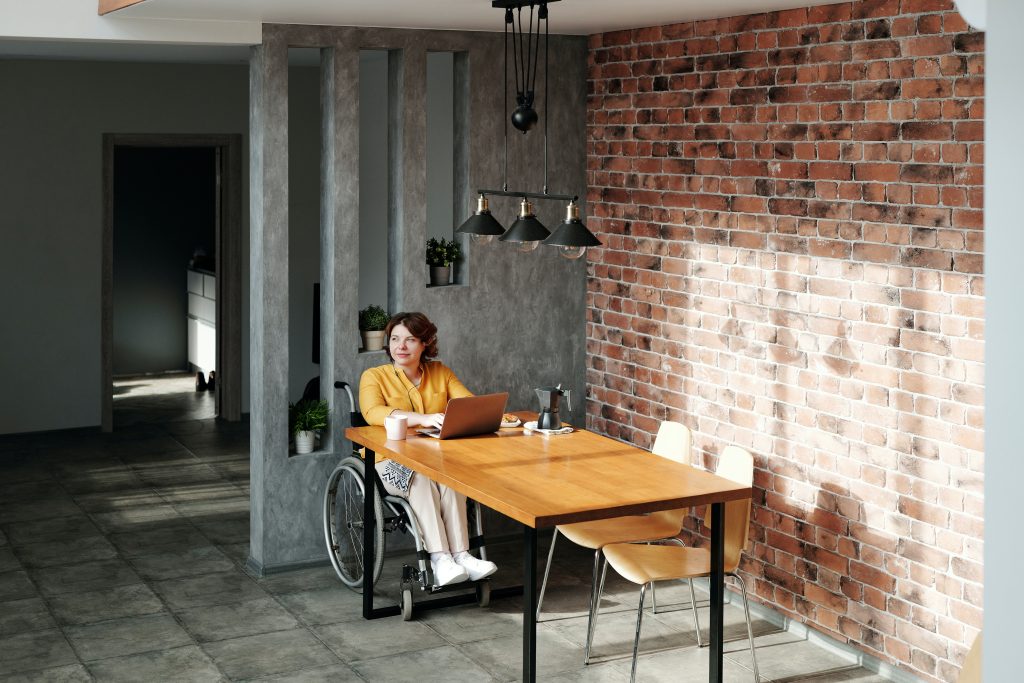What would be the Realistic Employment Scenario in the Coming Years?
What would be the future tale of organisations 10 years down the line? Also, what perception will employees have about their organisations?
If things do not fall into place, will they blame inept operations, poor financial results, lack of employee satisfaction, and short-sightedness when developing the talent strategy?
A survey by Microsoft’s Work Trend Index in 2021 that included 1,000 people in Malaysia revealed that 47 percent of participants had a plan to move to a new location that year. This shows that people need not leave their desk, home or community to expand the horizon of their careers.
It also means organisations that won’t join the early adopters of new business models to address their shortage of talents, might fall short of their digital goals.
The Future Roadmap
The scenario of future employment will depend to a large extent, the roadmap organisations will lay out. One of the critical parts of organisational strategies will be finding a solution to high skill shortages.
Besides, employees’ priorities have changed due to the impact of the pandemic, and organisations need to listen to them.
The same Microsoft survey shows that 77 percent of workers want to continue with flexible remote work options. Also, 75 percent of workers want in-person interactions. It means they want the best of both worlds.
Organisations that are early movers, aim to address the skill gap through three broad phases below:
Phase 1: The first phase involves the initial scouting where an organisation creates a single roadmap for its automation and digital future.
Phase 2: This is the period of shaping and redesigning work to keep up with the demands of a predominantly digital future and create upskilling programs, often collaborating with employees.
Phase 3: The final phase needs shifting an organisation’s collective talent-related activities to a larger scale.
Re-directing the Workforce by Developing the Right Infrastructure
To integrate technology for the right infrastructure in the future, organisations should have deep insights into the way employees do their present work.
Besides, involving employees in their role by redesigning processes will likely result in better ideas. It will include tasks and role alignment, usage of specific technologies, and innovative ways of working.
Enterprises Need to Combine These Symbiotic Elements
Work Type Articulation
The type or nature of work should ideally revolve around two major questions that organisations need to outline clearly. The first question is “How to make money?” and the second one is “How to make it happen?”
The process to achieve these goals includes investing in human, financial, and technological aspects, increasing process efficiencies, along with integrating automation and human skills.
Developing the Future Workforce
The current war for talent highlights that employees are the most valuable assets of an organisation. Understanding supply should begin with considering the current state of talents and their skills.
Organisations that have with high expectations to benefit from digital transformation or an innovative new strategy may not get far if they lack talents to turn the strategies into reality.
Realigning the Work
Generally, the workplaces are a combination of physical sites, organisational regulations and ways of working. Traditionally, there have been two main approaches — bringing talents to work or taking the work to talents.
The impact of the pandemic has forced organisations to embrace the hybrid work approach. It means not just physical workspaces and footprints but long-term remote work models.
Studies Show that Job Crafting will Create Ideal Skill Matches
By carefully studying the experiences of other players, companies can replicate structures and roles that work elsewhere. A study by the Faculty of Psychology and Education, University Sabah Malaysia shows that job crafting can play a crucial role between career competencies and employee work engagement.
One approach is to start with the work that will benefit the most from the new technology, capture initial success, and then use well-tried and tested methods to replicate it in other functions.
Shifting and Scaling up the Workforce
The process of scaling up the workforce often begins as organisations restructure specific departments or function as talent accelerators.
In this effort, two additional challenges may crop up.
Not all employees will be affected by the change and seek opportunities in the current organisation.
Also, some workers may not be able to scale up their skills and move to a new workspace. The remaining employees may find a new job rather than embrace the change.
This is a guest post contributed by GoGet. GoGet is shaping the future of work in the gig economy, where businesses can instantly hire multi-skilled part timers for their operational needs.
___________________________________________________________________________
References:
https://www.mckinsey.com/business-functions/people-and-organizational-performance/our-insights/getting-practical-about-the-future-of-work
https://www.mckinsey.com/business-functions/people-and-organizational-performance/our-insights/the-organization-blog/the-future-of-work-what-next










